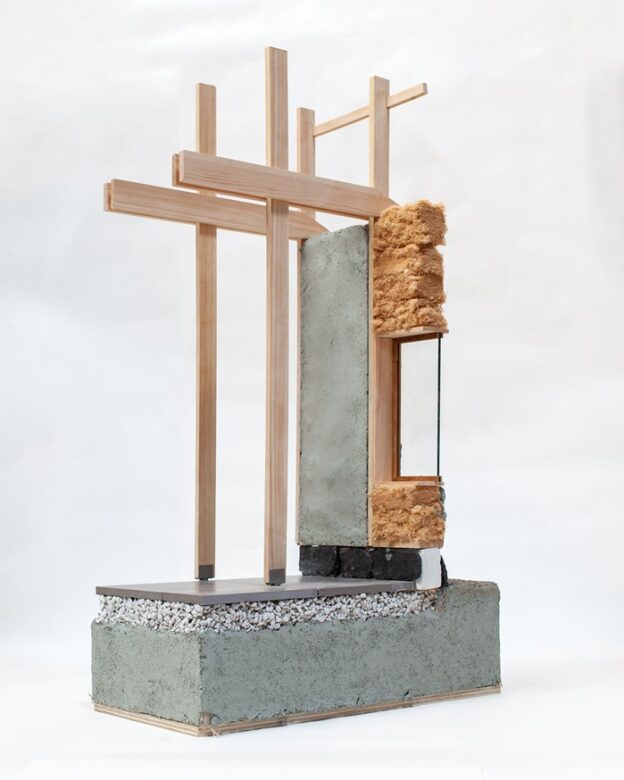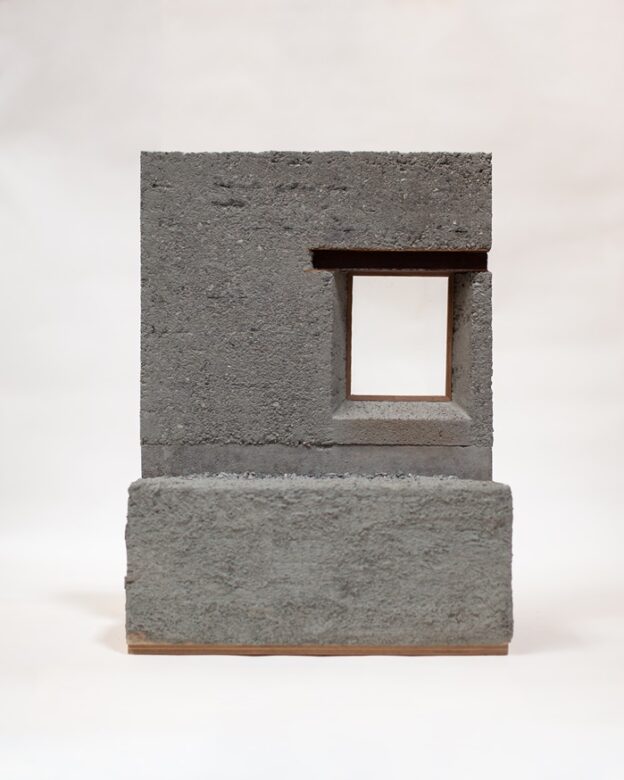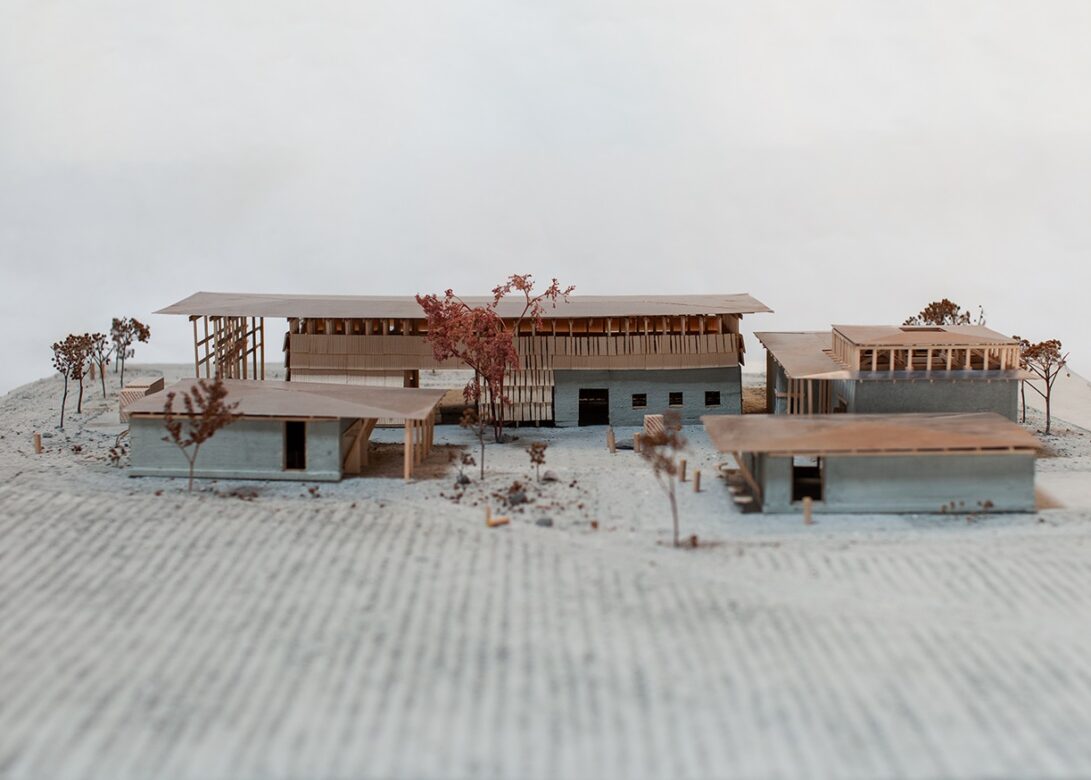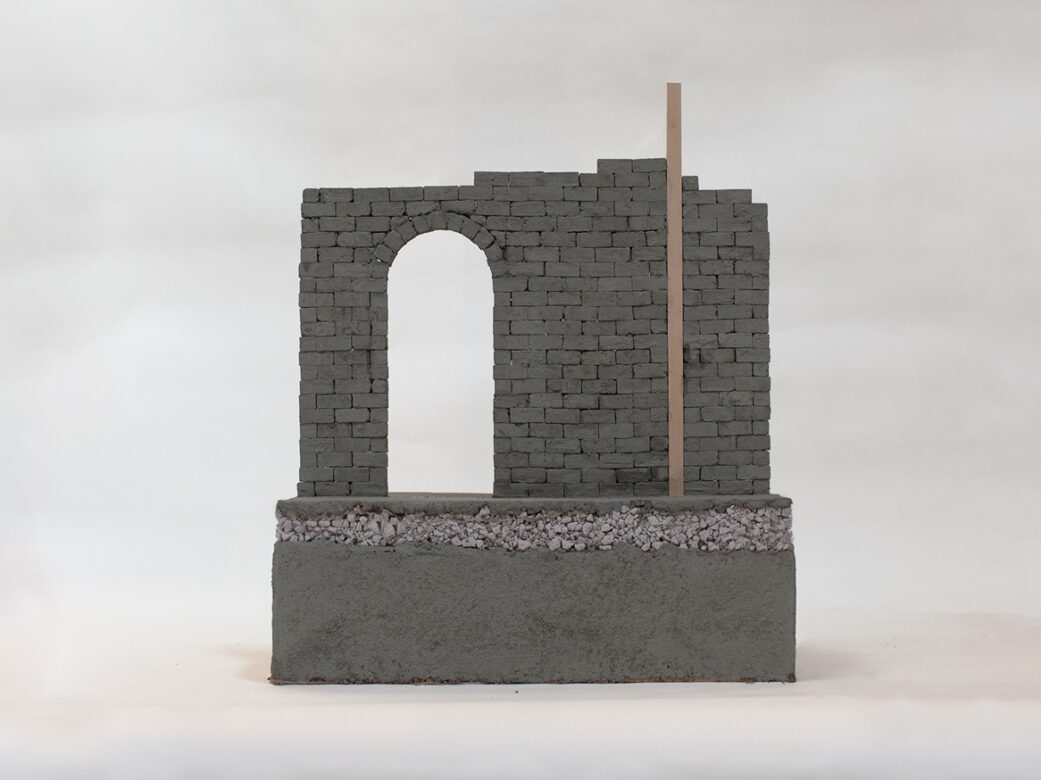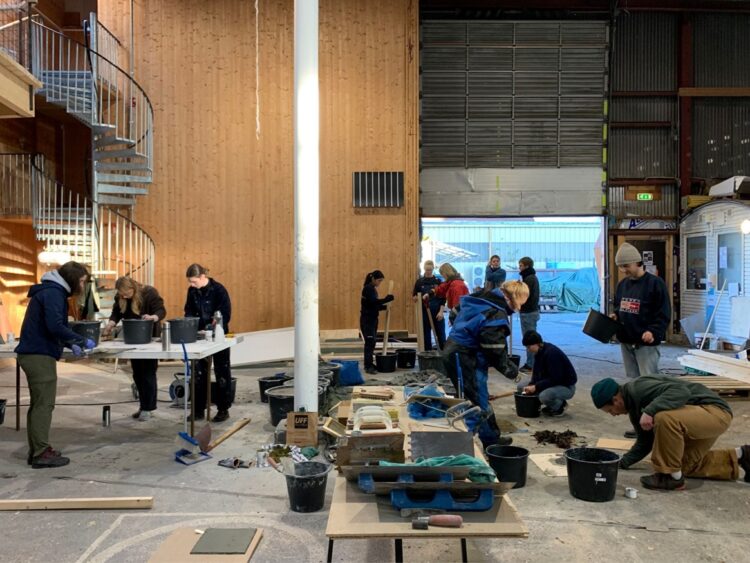
Raw clay is a material which has this potential. It can be endlessly re-used or simply be put back into nature without large complications.
When used in construction, clay acts as the binder and is usually mixed with other materials such as sand, straw or other (local renewable) materials. As it is a local material, little transportation is needed. Unburned, the material has many good properties such as being endlessly reusable, it regulates humidity, is fire resistant and easily formable.
The missing links
In order to build, a material needs to go through several stages from taking it out of its original ecosystem to making and using the material. If we look at the steps clay needs to go through in Norway, we can understand why it has not been used in the contemporary building industry. Our project will be a center which tries to link the gaps in this chain.
The first problem is that it’s challenging to get local clay to build with. While there is a lot of clay in Norway, and large amounts are excavated each year during construction work, most of this material ends up in landfills. The center solves the material accessibility problem by creating a space where clay can be stored and processed. The second issue is knowledge. Today builders and architects lack experience with the ways clay can be utilized. The center will therefore be a knowledge center teaching both professionals and amateurs about the potential of clay. The last part of the center will be to teach the larger public about clays properties, history and potential as a building material.
